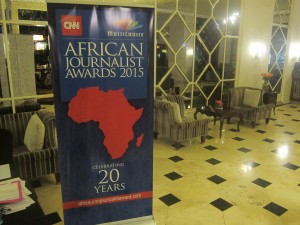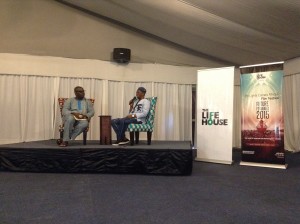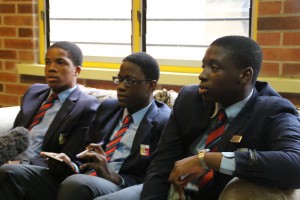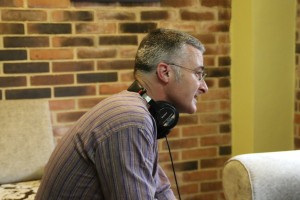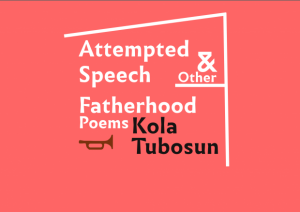Travel, at conception, usually seems like a quick movement from one inch of earth to the other. In reality – at least as was the case with my just-concluded return to East Africa – it is a whole mental, emotional, and psychological trip, tremors from which can last a life time. A few hours ago, I returned from a visit to Kenya to attend the CNN/Multichoice African Journalist Awards 2015, in company of other finalists and nominees, as the first blogger to have been shortlisted for the prize in its 20 year history – a great feat in itself – for this story I wrote last year, in the “Culture” category.
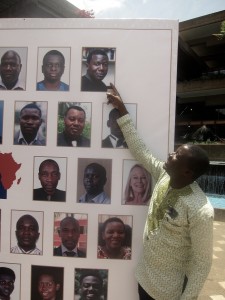 From Wednesday, October 7th to Sunday, October 11th, invited guests (which also included past winners of the prize in its 20 year history), nominees, and the prize judges, were taken around places in Nairobi, from the famous Karura Forest to the Nairobi National Museum, among other places, for networking sessions and a chance to bond over conversations around journalism in Africa. At the final gala on the night of Saturday, October 10th, the winners were announced and the final prize given to the winner by the president of Kenya, Mr. Uhuru Kenyatta.
From Wednesday, October 7th to Sunday, October 11th, invited guests (which also included past winners of the prize in its 20 year history), nominees, and the prize judges, were taken around places in Nairobi, from the famous Karura Forest to the Nairobi National Museum, among other places, for networking sessions and a chance to bond over conversations around journalism in Africa. At the final gala on the night of Saturday, October 10th, the winners were announced and the final prize given to the winner by the president of Kenya, Mr. Uhuru Kenyatta.
The tremors that remain however are more than that of a grateful writer whose vocation, done typically as a way of passing time away from the real grit of daily preoccupation, has taken him towards the pinnacle of a noble profession. They are also of a reuniting with a country – once visited before nevertheless – which holds a host of fascinating interests for a linguist and curious traveller. One week was not enough, and it never pretended to be, to explore the pleasures of a country of over 47 million people, covering about 582,650 km2. But it was sufficient to meet up with colleagues from Moi University (Eldoret) where I had spent some time in 2005 with three other students from the University in Ibadan on a soci0-cultural exchange programme, to visit the Strathmore School (which is the first multi-racial school in the country, founded in 1961) as well as the African Nazarene School where a fellow Fulbright FLTA from 2009 now works in administration, to see the Giraffe Centre at Karen and a number of other places of significance to me as a writer and to Kenyan literature, and world history. Karen Blixen also features prominently. Making friends, seeing new places, and winning recognition for one’s work never felt so normal, ordinary, and exhilarating at the same time, especially when it was, for the most part, unexpected.
In the next couple of blog posts, over several weeks, I will be publishing – here on this blog that got me into all of this in the first place – a report of some of my most memorable encounters in Kenya, with pictures, and with perhaps enough restraint to avoid negatively contrasting Nigeria with her in the process, as I’ve done publicly and privately in the last couple of days. I can say, however, for a fact, that this is one of my most personally fulfilling travel experiences, made more significant by how short it actually was.
